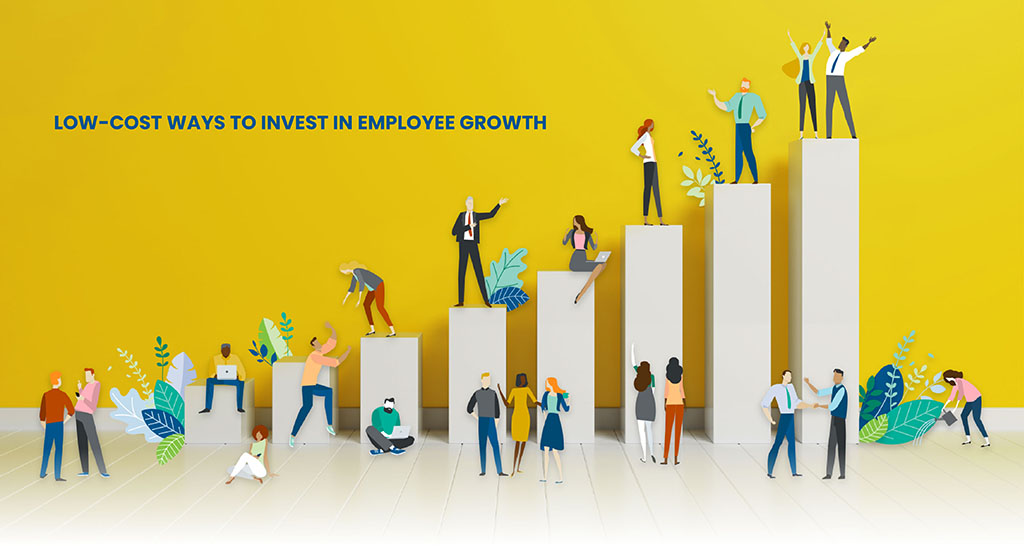Attaining diversity in the workplace transcends being merely a corporate objective; it serves as a strategic asset that promotes innovation, improves employee satisfaction, and embodies a wider array of viewpoints. Nevertheless, numerous organizations encounter obstacles in establishing truly diverse and inclusive settings. Below are nine significant challenges along with their corresponding solutions.
- Unconscious Bias
Unconscious biases affect recruitment choices, team interactions, and leadership prospects. To address this issue, it is essential to introduce bias training initiatives and establish structured interview procedures that encourage impartial decision-making.
- Lack of Representation
A uniform workforce can sustain a cycle of restricted diversity. To address this issue, it is essential to establish quantifiable diversity objectives, proactively seek candidates from varied talent sources, and collaborate with organizations that advocate for underrepresented communities.
- Inadequate Leadership Commitment
In the absence of robust leadership backing, diversity initiatives frequently struggle to secure essential resources and the urgency they require. To address this issue, leaders must make a public commitment to diversity objectives, designate appropriate budgets, and take responsibility for monitoring their progress.
- Resistance to Change
Certain employees might oppose diversity initiatives because of apprehension regarding unfamiliarity or perceived risks to their established positions. To address this, it is essential to encourage open discussions, provide education on the advantages of diversity, and engage employees in the transformation process to cultivate their support.
- Limited Career Development Opportunities
Underrepresented populations often encounter obstacles in obtaining mentorship, sponsorship, and opportunities for leadership development. A potential solution is to establish mentorship initiatives, leadership pathways, and development workshops specifically designed for diverse talent.
- Cultural Insensitivity
Insufficient cultural awareness may result in misinterpretations and an exclusive atmosphere. To address this issue, it is essential to implement cultural competence training and promote practices that honor and appreciate cultural diversity.
- Inconsistent Policies and Practices
Diversity initiatives may struggle if policies are not uniformly enforced throughout the organization. To address this issue, it is essential to conduct regular reviews and updates of policies to guarantee they foster equity, along with implementing accountability measures.
- Poor Communication
Ineffective communication or insufficient transparency can obstruct diversity initiatives. To address this issue, it is essential to establish clear communication strategies, which should encompass regular updates on diversity programs and opportunities for open feedback.
- Measurement and Accountability Challenges
Tracking progress becomes challenging in the absence of appropriate metrics. The solution lies in employing data-driven methods to assess diversity results, establishing clear key performance indicators (KPIs), and performing regular audits to pinpoint areas that require enhancement.
Conclusion
Although attaining workplace diversity presents significant challenges, the advantages greatly surpass these obstacles. By tackling these issues with well-planned strategies, organizations can foster inclusive environments that enable all employees to flourish, ultimately promoting both innovation and success.








